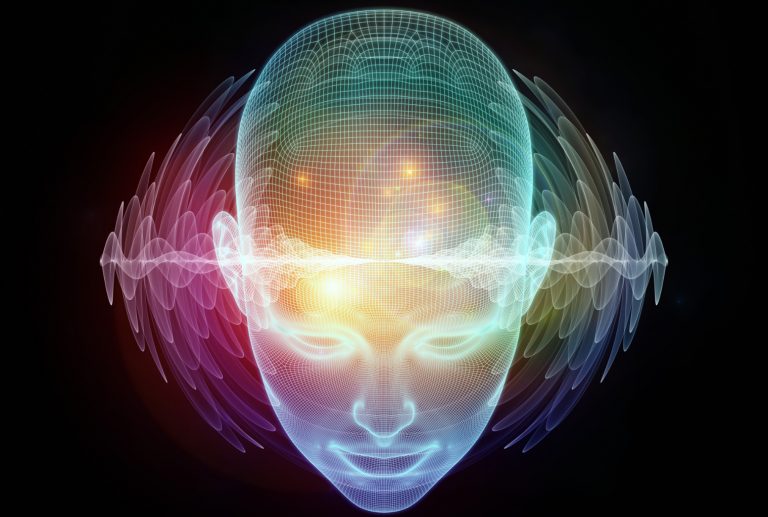Latest news about Bitcoin and all cryptocurrencies. Your daily crypto news habit.

Microsoft has patented a cryptocurrency mining system that leverages human activities, including brain waves and body heat, when performing online tasks such as using search engines, chatbots, and reading ads. “A user can solve the computationally difficult problem unconsciously,” the patent reads.
Also read: 2x Bitcoin — Wanna Double Your BTC to the Moon? Forget About It
Crypto System Leveraging Body Activity Data
Microsoft Technology Licensing, the licensing arm of Microsoft Corp., has been granted an international patent for a “cryptocurrency system using body activity data.” The patent was published by the World Intellectual Property Organization (WIPO) on March 26. The application was filed on June 20 last year. “Human body activity associated with a task provided to a user may be used in a mining process of a cryptocurrency system,” the patent reads, adding as an example:
A brain wave or body heat emitted from the user when the user performs the task provided by an information or service provider, such as viewing advertisement or using certain internet services, can be used in the mining process.
 Microsoft has patented a “cryptocurrency system using body activity data” with the World Intellectual Property Organization (WIPO), the agency of the United Nations responsible for treaties involving copyright, patent, and trademark laws.
Microsoft has patented a “cryptocurrency system using body activity data” with the World Intellectual Property Organization (WIPO), the agency of the United Nations responsible for treaties involving copyright, patent, and trademark laws.
Noting that the method described may “reduce computational energy for the mining process as well as make the mining process faster,” the patent details:
For example, instead of massive computation work required by some conventional cryptocurrency systems, data generated based on the body activity of the user can be a proof-of-work, and therefore, a user can solve the computationally difficult problem unconsciously.
Patent Suggests Alternative Way to Mine Cryptocurrencies
The patent describes a system where a device can verify whether “the body activity data satisfies one or more conditions set by the cryptocurrency system, and award cryptocurrency to the user whose body activity data is verified.”
 Microsoft patents a cryptocurrency system leveraging different types of sensors to “measure or sense body activity or scan human body,” such as heart rate monitors, thermal sensors, and optical sensors.
Microsoft patents a cryptocurrency system leveraging different types of sensors to “measure or sense body activity or scan human body,” such as heart rate monitors, thermal sensors, and optical sensors.
Different types of sensors can be used to “measure or sense body activity or scan human body,” the patent explains. They include “functional magnetic resonance imaging (fMRI) scanners or sensors, electroencephalography (EEG) sensors, near infrared spectroscopy (NIRS) sensors, heart rate monitors, thermal sensors, optical sensors, radio frequency (RF) sensors, ultrasonic sensors, cameras, or any other sensor or scanner” that will do the same job.
The system may reward cryptocurrency to an owner or a task operator “for providing services, such as, search engines, chatbots, applications or websites, offering users access for free to paid contents (e.g. video and audio streaming or electric books), or sharing information or data with users,” the patent details.
The idea of mining cryptocurrencies using human body heat has previously been explored by other organizations. For example, Manuel Beltrán, founder of the Dutch Institute of Human Obsolescence, set up an experiment in 2018 to mine cryptocurrencies with a special bodysuit that harvested the human body heat into a sustainable energy source. The electricity generated was then fed to a computer to mine cryptocurrencies.
What do you think of Microsoft’s new cryptocurrency mining system? Let us know in the comments section below.
The post Microsoft Patents New Cryptocurrency System Using Body Activity Data appeared first on Bitcoin News.
Disclaimer
The views and opinions expressed in this article are solely those of the authors and do not reflect the views of Bitcoin Insider. Every investment and trading move involves risk - this is especially true for cryptocurrencies given their volatility. We strongly advise our readers to conduct their own research when making a decision.